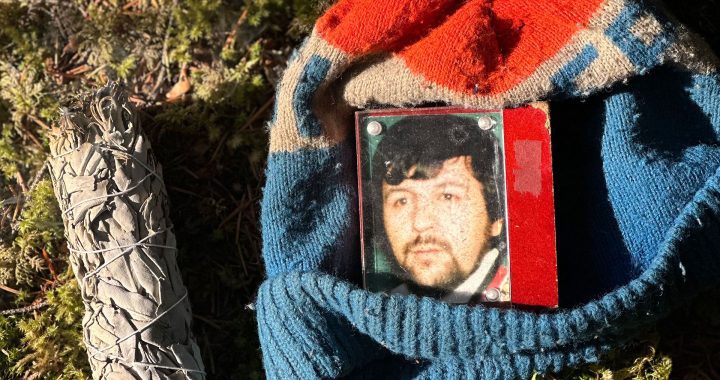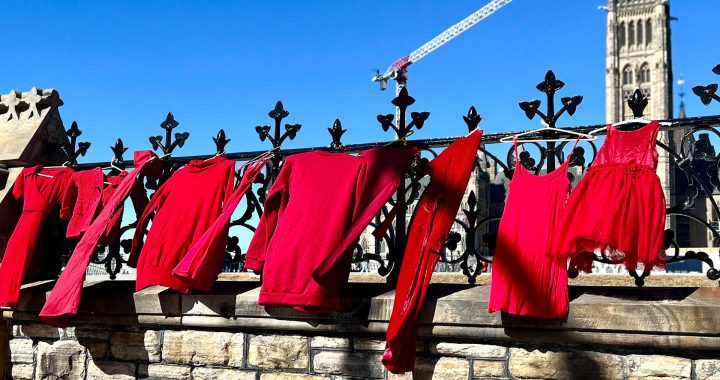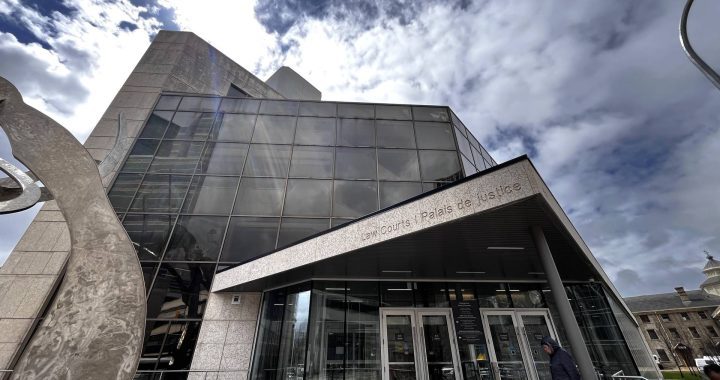The Peel watershed may soon be the home of a new national park. The watershed spans 74,000 square kilometres, from its headwaters in the Yukon to its confluence with the Mackenzie River near Fort McPherson in the Northwest Territories.
The area serves as habitat for wildlife such as the Porcupine caribou herd, grizzly bears and moose. The Peel River and its tributaries hold important spawning areas for whitefish and other fish species.
“It’s critically important,” said Ken Kyikavichik, grand chief of Gwich’in Tribal Council. “We need to be able to protect our ways of living and depending upon the land.”
The council, along with the First Nation of Nacho-Nyäk Dun and the territorial and federal governments, are conducting a feasibility study to potentially open a national park inside the watershed.
The park would be co-developed and co-managed with both nations and Parks Canada.
If given the green light, it would be the territory’s fourth national park, along with Ivvavik National Park, Kluane National Park and Reserve and Vuntut National Park.
Nacho-Nyäk Dun Chief Dawna Hope said the possibility of a park is a “great collaboration” between the governments.
“I just think that this is a great opportunity for us all to ensure that those lands are respected and protected for all time, and continue to support the traditions and values of our peoples,” she said.
Permanent protection

After a 15-year legal battle, the nations and Yukon government signed the Peel Watershed Regional Land Use Plan in 2019.
The plan ensures 68,000 kilometers – 83 per cent of the watershed – is designated as a conservation area. Fifty-five per cent of the watershed is permanently protected from development.
Kyikavichik said a national park comprising 3,000 kilometers in the northern portion of the Peel would ensure permanent protection.
“This is one of the tools that are available to Indigenous nations to be able to get the protection that they seek so that we can coexist with wildlife and ecosystems as we’ve always done,” he said.
Kyikavichik said the park would also allow the Gwich’in to benefit from eco-tourism, as well as build on its land guardian program.
“It allows us to redevelop our land-based economy,” he said. “We can be a destination for domestic and global tourists to see and hear how the Gwich’in have lived in this area for thousands of years.”
Both chiefs said there could be opportunities for their people to work in the park, though nothing is planned yet. Kyikavichik said that might include employing Gwich’in guides and managers in Fort McPherson.
The feasibility study will cost between $2 million and $3 million to complete. It’s not yet clear how long it will take.









